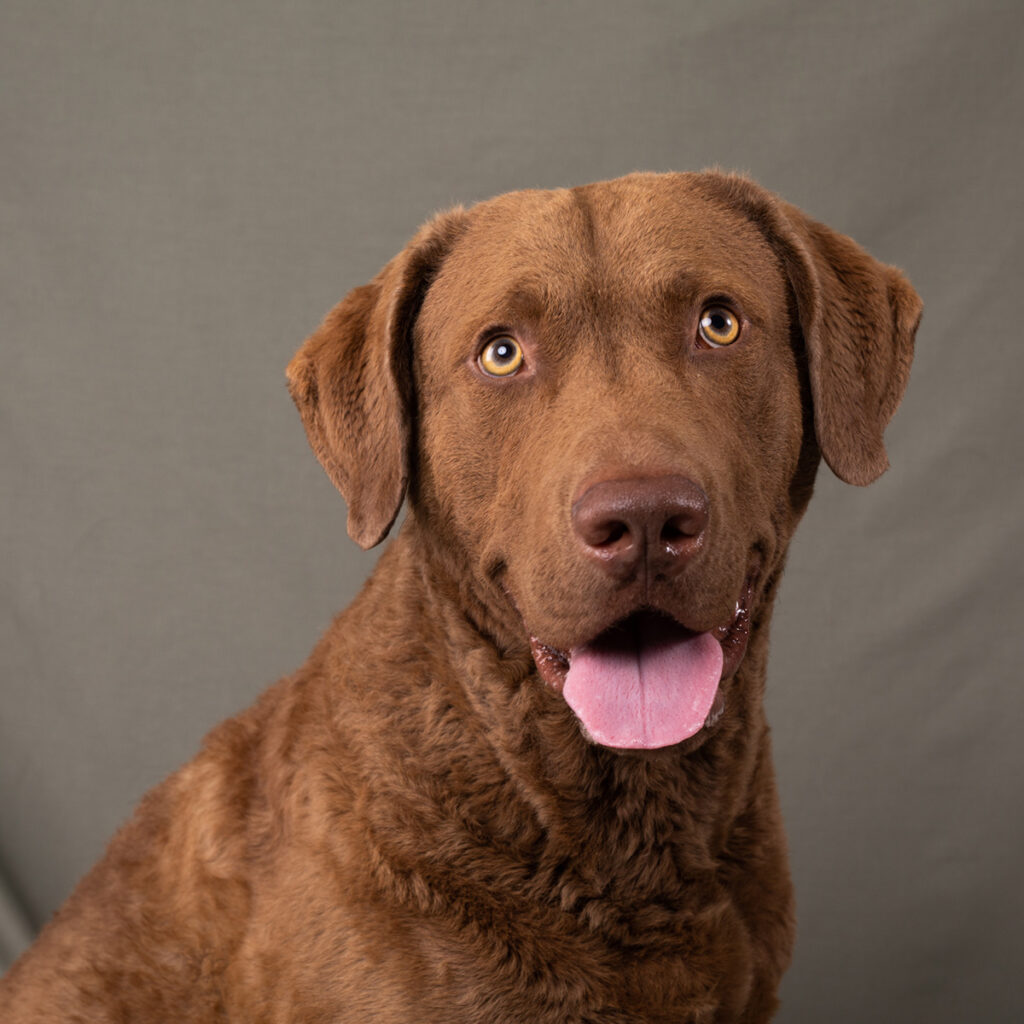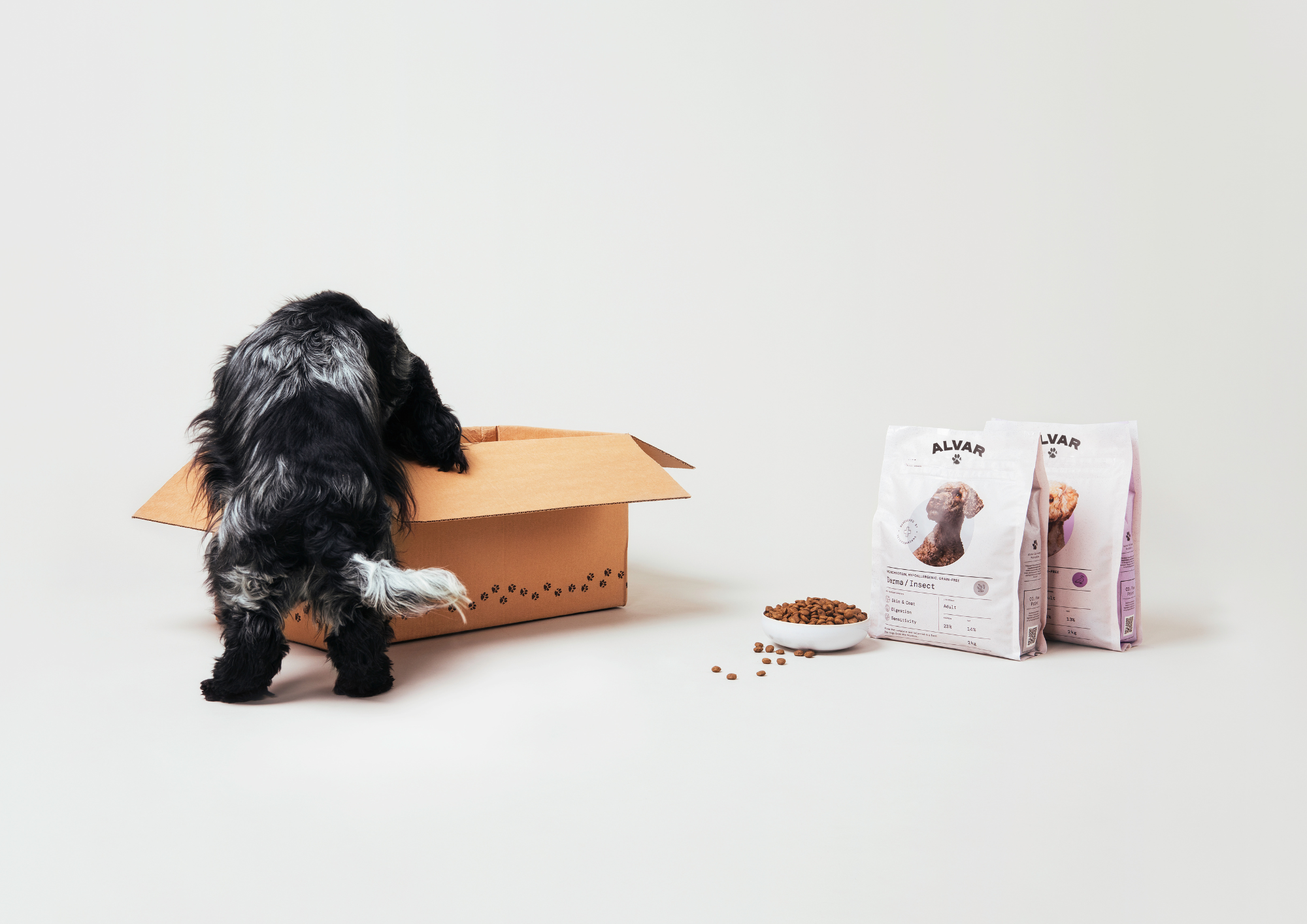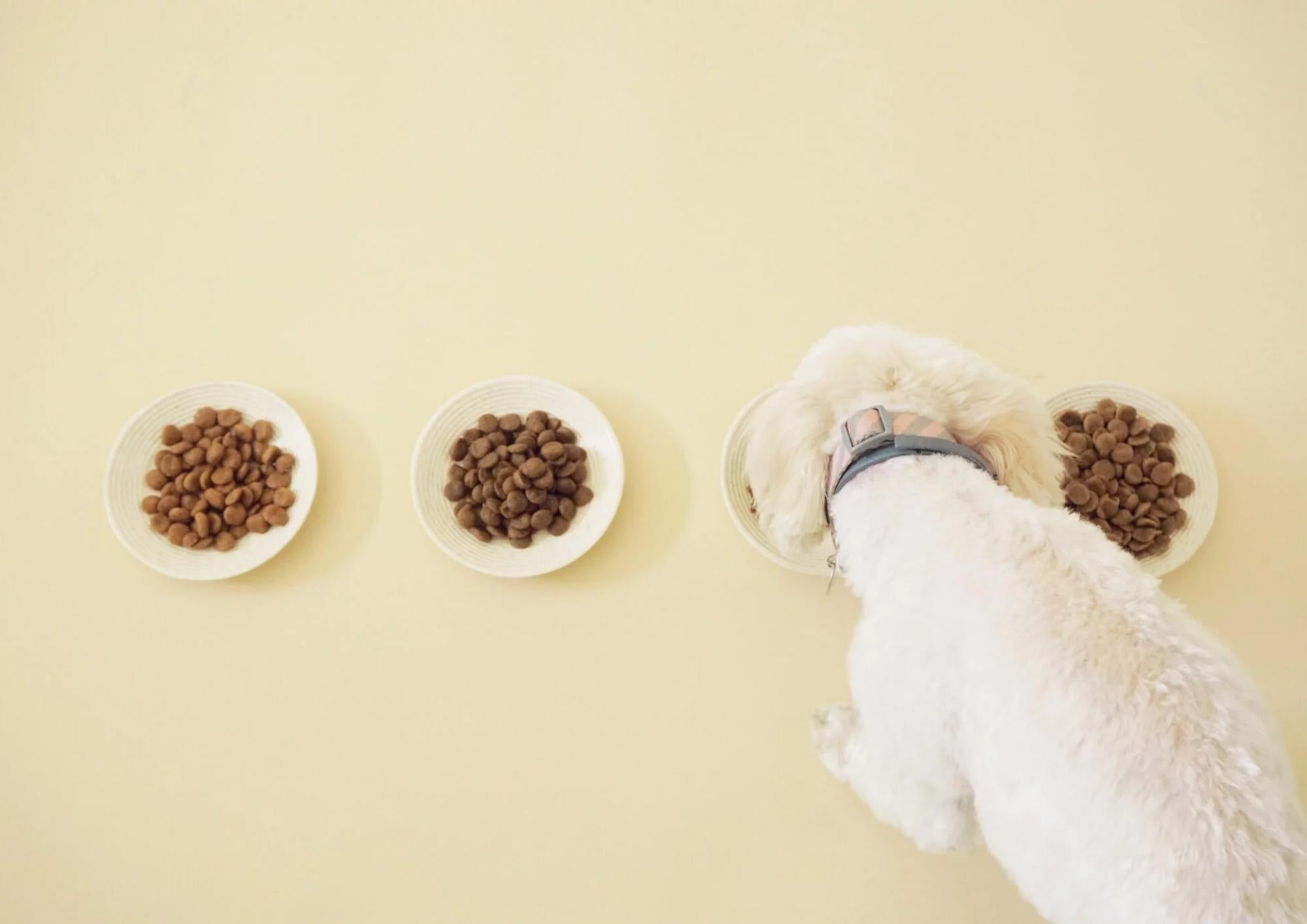Did you know that we offer nutritional counseling to our customers led by our veterinarian Henna? For nutritional challenges, you can get in-depth advice both through consultations and email communication. 🩺 💬
“Doctor Alvar’s Archive” is our team’s treasure chest, where we’ve gathered answers and extra info on various dilemmas and tricky issues.
Today we’re diving into the archive to talk about yeast. 🔍 If you’ve ever struggled with your dog’s blooming ears, keep reading!
Yeast infection – what is it?
The most commonly occurring yeast in dogs’ skin yeast infections, Malassezia, is part of the skin's normal flora – that is, its micro-organism community. 🦠
In a yeast infection, the skin’s natural yeast has, for some reason, been allowed to grow too much – in other words, “gone wild” – leading to a disruption in the skin’s microbial balance and possible inflammation. Often at the same time, another resident of the skin’s normal flora, a specific staphylococcus bacteria, also increases.
What causes a yeast infection?
Overgrowth of yeast can be caused by things like immunological changes, such as allergies and atopy, or environmental conditions like moisture and maceration in skin folds or skin damage.
No specific food ingredient directly causes yeast, but if a dog is hypersensitive to an ingredient, a yeast infection can be one symptom of a food allergy.
How is a yeast infection treated?
If the issue is food hypersensitivity, avoiding the triggering ingredient may help relieve symptoms. To investigate possible food allergies, a veterinarian will often recommend an elimination diet. For acute infections, the vet may also provide temporary medication and treatment instructions – but it’s important to investigate the underlying cause of the yeast.
Yeast often also appears alongside atopy, in which case the role of food is to ensure sufficient intake of nutrients that support skin renewal and moisture balance. 
Why do some of Alvar’s recipes contain hydrolyzed yeast and brewer’s yeast?
Brewer’s yeast is a natural source of B vitamins and contains a lot of choline, which is important for the integrity of cell membranes and necessary in many metabolic processes.
The MOS prebiotics in our recipes come from yeast cell walls. Prebiotics support the development of healthy gut bacteria and gut-based immune defenses.
Additionally, hydrolyzed yeast and brewer’s yeast are tasty natural flavorings. 😋
Can these yeast ingredients trigger a yeast infection?
Brewer’s yeast and hydrolyzed yeast are different yeasts than the yeast that causes infections, Malassezia, and its growth is not directly related to the yeast in food. Unless there’s a specific reason to suspect hypersensitivity to these ingredients, there’s no need to avoid using them in your dog’s diet. 🤝




